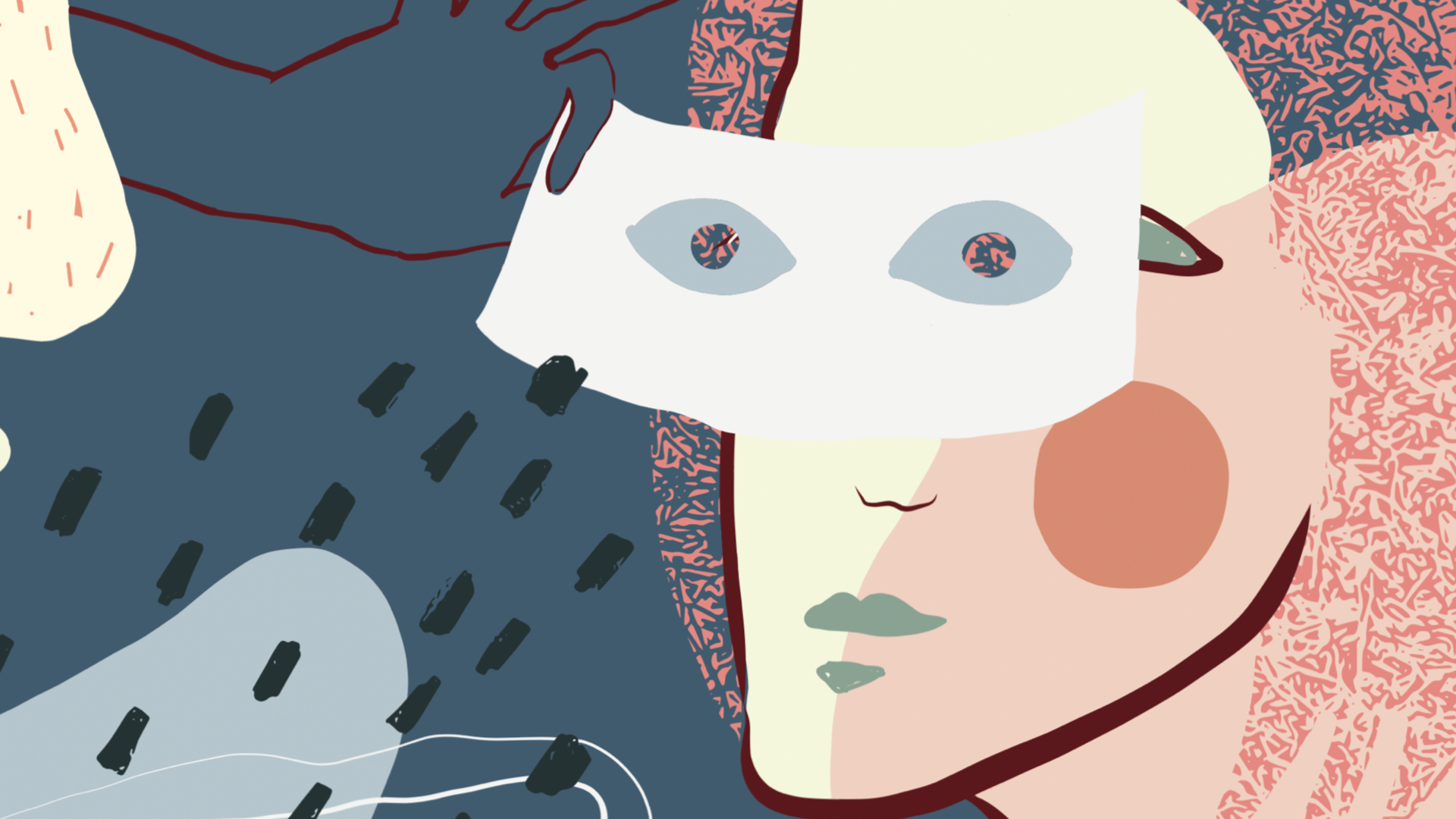
No institutional change will sustain the long-term fundamental political objective of reforming the relationship between the Aboriginal peoples of Canada and their fellow citizens, or even between Aboriginal nations and the Canadian political system. The institutional changes are necessary, but not sufficient in themselves.
Report of the Royal Commission on Aboriginal Peoples (Vol. 2), 1996
Last week Canada announced that it was dissolving the Department of Indigenous and Northern Affairs Canada (INAC) and replacing it with two new departments: the Department of Crown-Indigenous Relations and Northern Affairs and the Department of Indigenous Services. The former would focus on achieving better whole-of-government coordination of the nation-to-nation relationship and developing a framework to advance a recognition-of-rights approach. The latter would focus more specifically on improving the quality of services delivered to Indigenous peoples, with the long-term objective of ensuring “programs and services [are] increasingly delivered, not by the Government of Canada, but instead by Indigenous Peoples as they move to self-government.” The government press release denounces INAC as a “colonial structure” that is incapable of achieving the kind of relationship this government wants to have with Indigenous people. The announcement also credits the 1996 report of the Royal Commission on Aboriginal Peoples (RCAP) with the idea of creating two new departments.
This change has the potential to move us in the right direction: toward greater self-determination and self-government by Indigenous groups in Canada (which necessarily entails ditching the Indian Act). But taking the easy administrative steps, without doing the harder work to achieve the long-lasting changes that will be required, such as transforming Canadian laws, will not result in true reconciliation.
To be clear, I agree with the government’s assessment of INAC. Even leaving aside the darker periods of its history where Indian agents working for the government stole Indigenous children from their families and took them to residential schools, the current incarnation of INAC is still problematic. There are no statutory objectives in the Indian Act or the Department of Indian Affairs and Northern Development Act telling staff what their proper role is vis-à-vis Indigenous people. Staff do not know whether their role is to further the well-being of Indigenous people; help them transition to self-government; or ensure that every tax dollar spent is monitored and accounted for. Consequently, the department’s focus can change dramatically depending on the government in power, and Indigenous groups have little legal recourse to challenge the changes.
Department documents show that, under the Stephen Harper government, staff saw their role as primarily involving “[r]isk-based compliance work, program reviews, internal monitoring and audits of program and policy implementation.” In the last decade, the department has grown in size, even though Canada’s goal, with the move to devolve the responsibility of program delivery to First Nations in the 1990s, was to dramatically decrease its size. Also, if one accepts that the objective of the department should be to help Indigenous groups transition to self-government, there is a fundamental tension between this objective and a staff members’ job security. The report of the parliamentary Special Committee on Indian Self-Government (the Penner report) pointed out INAC’s inherent conflict of interest as early as 1983, and it recommended the dissolution of the department and the passing of self-government legislation. As well, this is the department that a Canadian Human Rights Tribunal found to be knowingly underfunding child welfare on reserve for over a decade.
I want this to be the start of the transformative change in the relationship that this country has needed for so long. But I have some nagging concerns.
Considering that dissolving INAC was a recommendation made by both the Penner and RCAP reports, I am heartened to finally see a federal government take this step. I want this to be the start of the transformative change in the relationship that this country has needed for so long. But I have some nagging concerns. There is still a lot that we don’t know about how the government intends to proceed, beyond this change. We know it has struck a Working Group of Ministers on the Review of Laws and Policies Related to Indigenous Peoples, that there was a Memorandum of Understanding between the Assembly of First Nations and INAC in July 2016 in which the parties agreed to comprehensively review the existing fiscal relationship between Canada and the First Nations, and that in July 2017, the Department of Justice released a policy enumerating ten new principles respecting the Government of Canada’s relationship with Indigenous peoples.
These actions are administrative in nature. They are changes instituted by the executive branch of government to the current workings of the executive government. They do not fundamentally alter Canadian law. A future government can easily ignore or replace these things with little effort or oversight. There is a long history in Canada of reform on Indigenous Issues purely taking this form of administrative action. For example, the provision of essential services in First Nations communities; the resolution of land claims and Treaty disputes; additions to reserves lands; and the negotiation of self-government agreements all exist only by virtue of administrative policy, they are not created or protected by legislation. The distinction is important, in my view, because administrative actions provide Indigenous peoples far fewer protections from the vagaries of politics.
Recently, the UN Committee on the Elimination of Racial Discrimination (CERD) voiced concern that Canada lacked action plans for implementing the Truth and Reconciliation Commission’s (TRC) Calls to Action as well as the United Nations Declaration on the Rights of Indigenous Peoples (UNDRIP), both of which Canada has been committed to implementing since the Liberals came to power in November 2015. CERD calls on Canada to develop a concrete action plan to implement the TRC, and also to create a legislative framework to implement a national action plan, reform of national laws, policies and regulations to bring them into compliance with UNDRIP.
In its press release about the new departments, the government did acknowledge that the dissolution of INAC “will require legislative amendments.” The problem is, it provides no indication of what this will entail. Are we talking about repealing the Department of Indian Affairs and Northern Development Act and replacing it with a new enabling statute that is equally sparse? Or is more robust legislative reform contemplated?
It bears pointing out that RCAP’s recommendation to abolish INAC was not a stand-alone proposal, but rather an ancillary component of a comprehensive strategy to implement Indigenous self-government. As a first measure RCAP called for a new Royal proclamation that committed Canada to forging a renewed treaty relationship in the long-term and to adopting several new laws (which the TRC also echoed in its Calls to Action 43 to 46). On the heels of the proclamation would come a suite of new legislation, as well as the convening of federal, provincial, territorial and Aboriginal leaders’ meetings, to develop a Canada-wide framework agreement that contained principles to guide the new nation-to-nation relationship. RCAP also put significant emphasis on the need for capacity building and support for Aboriginal groups to become fully self-governing, and called for the creation of national Aboriginal government transition centre to begin assisting Aboriginal nations immediately. According to the plan, Canada and Aboriginal nations would also devise a mutually acceptable long-term system of fiscal transfers.
Under this proposal RCAP envisioned that the Indian Act would be gradually phased out. It recommended the creation of two departments to facilitate this transition. RCAP thought that the creation of a new department of Aboriginal relations that did not have the baggage of INAC would best facilitate this transition. The minister would have the authority to ensure new initiatives and activities reflected the spirit and intent of the relationship, including ensuring that other departments tow the line. Conversely, the department of Indian and Inuit services it envisioned would be a remnant of INAC and would have no policy role. Its sole objective would be to ensure that Aboriginal groups receive adequate services until they fully transition to self-government. This department would gradually disappear, as more and more Aboriginal nations transitioned to self-government.
In its recent announcement the government states that one of the key roles of the Minister of Indigenous-Crown Relations will be “to lead a consultation process to determine how best to replace INAC with the two new departments.” The focus here seems to be to consult on changing the institution but not on the broader strategy of moving to self-government. The quote from the RCAP report at the beginning of this article clearly conveys the commission’s view that simply replacing INAC with a new department (or two departments) is necessary but not sufficient to bring about transformative change in the relationship. Such change has to be part of a larger plan that includes substantive legal and political action. Yet the way Canada is proceeding leaves me to question whether there is in fact a larger plan here. If there is not, then replacing INAC with two departments may just perpetuate the status quo, or it might possibly make matters worse (for example, the day-to-day lives of Indigenous people would end up being controlled by two confused and conflicted bureaucracies).
Simply replacing INAC with two new departments is not enough. This change on its own will just be more administrative action without much transformational effect. Dissolving INAC has to be ancillary to a broader strategy of moving to self-government. RCAP’s recommendations provide a blueprint for that strategy, including making important changes in Canadian law. Granted, it is over 20 years old and may need to be modified to reflect changes that have occurred in the intervening years. But it would be a good starting point that would enable us to embark on a conversation on how we should move forward.
This article is part of the special feature The Indian Act: Breaking Its Stubborn Grip.
Photo: “Fly Without Flying II (detail),” by Aylan Couchie. Couchie is a multidisciplinary Anishinaabe artist from Nipissing First Nation, in Northern Ontario. She is an MFA candidate at OCAD University, Toronto, where she is focusing on Indigenous monument and public art.
Do you have something to say about the article you just read? Be part of the Policy Options discussion, and send in your own submission. Here is a link on how to do it. | Souhaitez-vous réagir à cet article ? Joignez-vous aux débats d’Options politiques et soumettez-nous votre texte en suivant ces directives.








